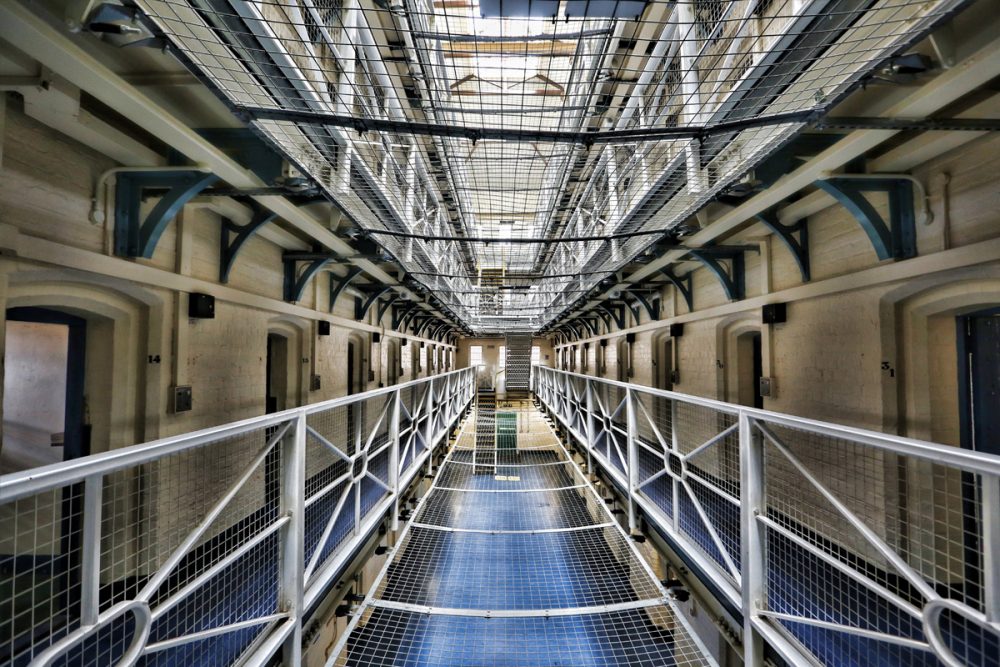Prison Tours: Are They Allowed for Operational Prisons?

There may be some cases in which you’d want to tour a prison. Maybe you’re writing an article about the lives of prisoners in your state. Or, maybe you want your teenagers to see what life is like in prison so they won’t want to end up there. You might just be curious about what goes on within a prison’s walls.
Whatever the reason you want to see a prison, a tour might help you understand what happens in them. But are they allowed? Can you just visit a prison when you don’t know anyone there and expect to get a tour? Are the rules different for operational vs non-operational facilities?
Can I Visit a Prison? Are There Jail Tours Near Me?
In most cases, no, you cannot tour a prison that’s currently being operated (in other words, inmates are there and it functions as usual). Imagine someone asking if they can tour your home while you live there. It’s a similar situation.
When inmates are in jail, that’s their home. They live there, eat there, sleep there, bathe there, etc. They might even have jobs there. Although it can be interesting to check the place out and see what happens there, it’s important to remember that the prison is where inmates call home.
That’s why most prisons will not allow outsiders to tour the facilities. There are rare circumstances, like programs and special tours mentioned below, where tours might be okay. But a prison is not open to the general public, so you shouldn’t expect to be set up with a tour just because you want to see it.
There are other reasons why prison tours aren’t allowed, one of them being safety of guests. Although rare, inmates can escape, potentially harming others inside. Prisons also want to make sure no visitors are sneaking in non-allowed items into the prison, so it’s often easier and safer to shut them out.
Special Types of Prison Tours
There are some occasions when prison tours might be possible, but again, it depends on the facility. Some facilities might allow tours for the following purposes:
Journalism/media related tours
These tours would be ones during which journalists or other media personnel come to the prison to gather information for news or other articles. For example, they might ask to interview inmates or prison guards, depending on the topic they’re writing about. Or, they might simply observe what happens in the facility to write about it later.
Prisons that allow these tours will still be watchful of where a journalist is allowed to go and how much information they can ask to protect inmates’ rights and privacy.
Education facilities
Some school programs might set up a visitation with a prison for students to walk through the facilities or see certain parts of it. However, this will typically only happen with older students, like those in a vocational program or college, who are looking toward a relevant degree or certification program, like criminal justice.
Still, it would be up to the prison’s discretion to decide where students are allowed to go, and it’s not likely that they’ll be allowed anywhere near the inmates. They might visit the administration office, commissary, or visitation room, for example.
Some prisons also have educational programs or areas, like museums or historical centers, where the public can learn more about the facility’s history. Folsom Prison in Folsom, California, for example, has a museum filled with artifacts from the prison, Johnny Cash memorabilia, and more. There’s also Squirrel Cage Jail in Iowa and the Wyoming Frontier Prison, the state’s first prison.
Scared-straight programs
A scared-straight program is one that organizes visits to correctional facilities in the hope that juveniles heading for a life of crime open their eyes to see what their future might hold if they don’t change their ways.
These programs are often allowed to visit prisons because that’s the basis of what they do. Juveniles often need to see the facility first-hand to understand just how much they don’t want to end up there.
During a visit, juveniles might get to meet with inmates in supervised visits, tour the facilities, and even act like a prisoner for a day. These programs tend to partner with facilities in their areas and have a highly developed relationship with them.
What About Non-Operational Prison Visits?
Some prisons are no longer operational and will allow visitors to come tour the facility. No prisoners are living there, so there aren’t any privacy concerns to worry about.
For example, the Ohio State Reformatory featured in the make-believe Shawshank Prison made famous by Stephen King is open to visitors who want to tour the facility. Alcatraz is another prison that’s open to visitors, as are the Eastern State Penitentiary, Liberty Hotel (which once housed Malcolm X), and Sing Sing Prison, where the very first electric chair was placed.
These prisons might not show you exactly what prison life is like because they don’t house inmates. However, they do contain a lot of history and provide plenty of information about what life might have been like for the inmates who were there when they were open.
Visiting Prisons
Hopefully, you can see why visiting and touring a prison isn’t something that most facilities allow. Not only can it be unsafe for you, but it can also interfere with inmates’ rights and privacy. Instead, try asking the prison for brochures or other information they might be able to provide you with about the facility or stick to visiting prison museums that are open to the public.
